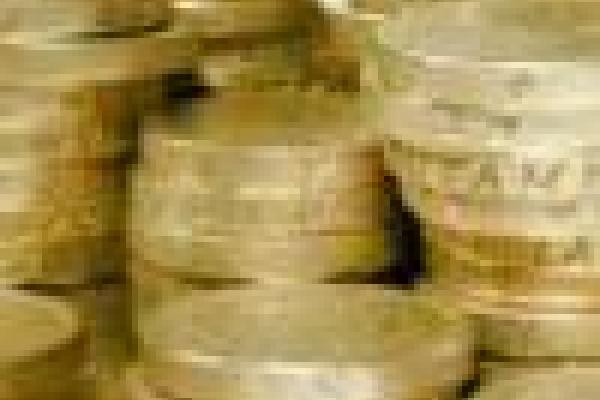News story

New largest prime discovered!
7.8 million digits down, only 2.2 million more needed!
We know there is infinitely many primes, but are there infinitely many twin primes?